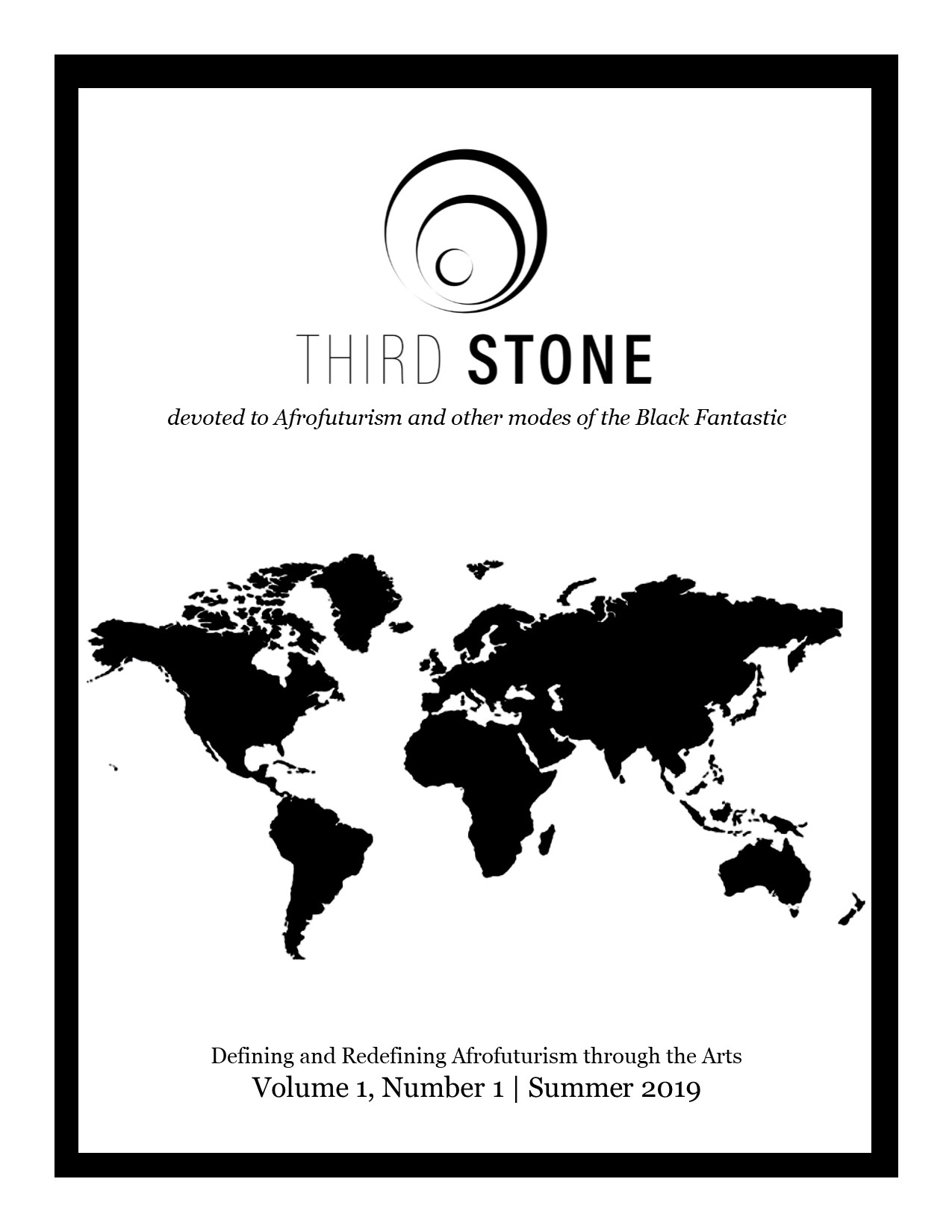Negro-White Marriages Here Show Rise Despite Problems of Prejudice
The New York Times
1963-10-18
Fred Powledge
Marriages between Negroes and whites have been increasing in New York and have become a poignant part of the life of the city.
The precise number of such marriages may never be known. Documents on file at the City License Bureau do not reveal clear figures because many couples refuse to state their color in the applications. But City Clerk Herman Katz, who issues licenses and performs marriages at the Municipal Building, said that on the basis of observations the number of mixed marriages had definitely risen in the last two years.
Civil rights organizations, other interested observers and interracial couples themselves said they were aware of an obvious increase in the number of marriages between Negroes and whites.
Some of them interpreted the increase as a logical extension of the desegregation movement, which has captured the emotions and attention of the country. “There’s more interracial everything these days,” said one observer.
The Negro-white couples lead special lives in New York—lifetimes of curious stares, of subtle expressions of prejudice, of occasional signs of outright hostility, and of the constant awareness that as couples they are set apart in the eyes of the city…
…”It is very often evidence of a sick revolt against society,” said a psychiatrist who studies the emotions of race relations.
But a clergyman who has married interracial couples said:
“Fundamentally, the mixed marriage is a demonstration of the tightness and justice of it all, the feeling that human: beings may marry whomever; they please.”…
…Staring Not Unusual
The experience in the Village was not unusual. Dr. Charles E. Smith, a New York psychotherapist who wrote a doctoral dissertation in 1960 on the subject of interracial marriage, found that being stared at was a part of the lives of 22 New York couples he interviewed. Dr. Smith is a Negro.
He wrote in his thesis that the couples “considered staring by far to be the most difficult reaction from others to which interracial couples must become accustomed. This was described as a tremendous phenomenon to which to adjust…
…There are two problems of interracial marriages that are not generally shared by Negro couples. The men and women who were interviewed agreed that these two problems—children and acceptance by friends, family and society—were perhaps their greatest concerns.
In his study of 22 interracial couples, Dr. Smith found that none had decided against having children. His respondents were aware that their children would be considered Negroes by society, and that society would show some hostility toward the offspring.
“Yet,” he wrote, “these factors did not act as deterrents, as the couples felt not to have children would be acquiescing to societal restrictions and would also represent an unfulfilled marriage. In some way a childless marriage would be seen as an actual threat to the marriage.” He added:
“The parents were actually getting the main brunt of societal reactions. Generally the couples felt that the true test for the children could be expected to come as they reached pubescence and adolescence and begin to expand their area of socialization.
“It is then that the restrictions from society are expected to be strongest and will probably have the greatest effect upon the children. For the most part, the experiences of the children are expected to be very much similar to those of other Negro children in the United States.” …
…Married 35 Years
George S. Schuyler, 68-year-old associate editor of The Pittsburgh Courier, a Negro newspaper with offices in New York, has been married to a white Texan since 1928.
He observed that other couples were “not worried about the children,” and explained: “They know that’s inevitable. They’re concerned, sure. They’re concerned about what effect it will have on the children’s future, and what degree of discrimination they’ll meet. But that doesn’t keep anybody from having children.”…
…Andrew D. Weinberger, New York attorney who has made studies of miscegenation statutes, used a projection to arrive at an estimate of one million couples in the nation, 70.000 of them in the New York metropolitan area.
His figures include a large number of light-skinned Negroes who pass for white. Mr. Weinberger used previously published scientific tables to calculate that one million American Negroes of marriage age are “passing.” He reduced the figure to 810,000 to allow for persons not married or not interracially married…
…High Jewish Percentage
Researchers, including Dr. Smith, have found in most cases that the Negro partner was the husband. They also re port that in New York the percentage of whites who also are Jews is high enough to attract notice…
Read or purchase the article here.




